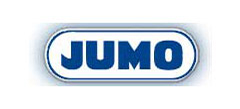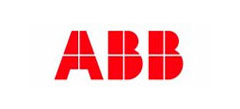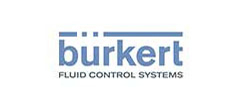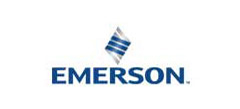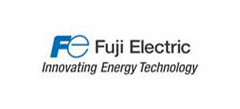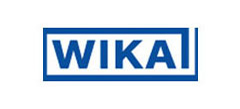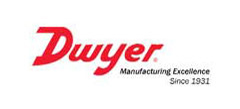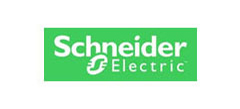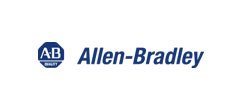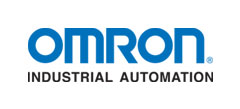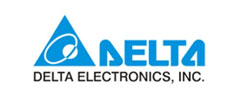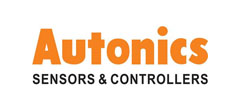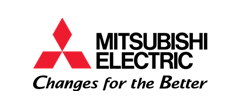- A VFD may be used for control of process temperature, pressure, or flow without the use of a separate controller. Suitable sensors and electronics are used to interface the driven equipment with the VFD.
- Lower maintenance costs, as lower operating speeds result in longer life for bearings and motors.
- The motor does not require a starter.
- The ability of a VFD to limit torque to a user-selected level protects driven equipment that cannot tolerate excessive torque.
- Users can utilize multi-motor applications, such as pumps or fans, with one control unit.
- High-speed applications for the wood finishing industry.
DRIVE AND INVERTERS
Drive and Inverters
Nuvision (VFD) is a type of adjustable speed drive used in electro-mechanical drive systems. VFDs are used in applications ranging from small appliances to the largest of mine mill drives and compressors.
AC and DC Drives
Drives are electromechanical systems that employ an electric motor as the prime mover instead of a diesel engine, steam and gas turbines, or hydraulics to control the motion and processes of various mechanisms. Examples in which electric drives would be utilized include: conveyors, fans, ventilators, compressor pumps, cranes, hoists, excavators, escalators, electric locomotives and cars. Electric drives generally include both an electric motor and a speed control unit or system. The term drive is often applied to the controller without the motor. In the early days of electric drive technology, electromechanical control systems were used. Later, electronic controllers were designed using various types of vacuum tubes. As suitable solid state electronic components became available, new controller designs incorporated the latest electronic technology. An AC Drive is an electronic device that converts a fixed frequency and voltage to an adjustable frequency and AC voltage source. It controls the speed, torque, horsepower and direction of an AC motor. AC Drive is also a term used for an AC inverter and is sometimes used to describe a particular section of an AC drive. The section uses the DC voltage from a previous circuit stage (DC Bus) to produce an AC current or voltage having the desired frequency. Despite the popularity of AC drives, DC drives have favorable characteristics that prove to be appropriate for many applications. The characteristics of a DC Drive include: speed changes that are made by increasing or decreasing the amount of DC voltage fed to the motor from the drive, low cost for medium and high HP applications, wide speed range and good speed regulation. DC drives can also be very compact in size.
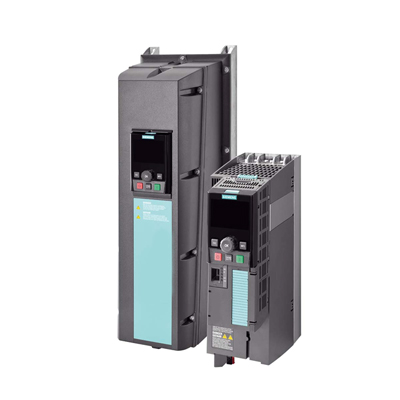
AC and DC Drives
Every industry has unique characteristics and demands, which require the use of drive systems for a variety of different applications. Drive system vendors have responded to this large demand by producing a variety of different drives and drive systems. The combination of the many types of drives available and the abundance of applications has made the selection of the optimum drive an intricate process. Electric drives with numerical control began to be used in several areas of technology during the 1960's. Their services handled applications such as multi-operation metal-cutting machine tools and automatic and semiautomatic transfer machines. The invention of automated electric drives for the purpose of individual production operations and processes is the basis for the combination of automation of production. Integrated automation will require electric drives with a wider range of power capacities and control functions, improved reliability, and optimum size and weight. It is common for processes including standard pumps, fans, and blowers, to incorporate the use of drive systems. Also, newer applications including hoists and cranes, conveyors, machine tools, custom machinery, film lines, extruders, process machinery, and textile-fiber spinning machines are among many other uses for drive systems.
Medium Voltage AC Drive
Medium voltage AC drives generally benefit applications that require motors from 500 to 20,000 hp, where the difference in current draw between low voltage and medium voltage becomes substantial. Motors in this range are often used to operate large compressors pumps, and fans in power stations, petrochemical plants, water/wastewater treatment facilities, and mines. Medium-voltage (MV) ac drives produce hundreds of times greater power output than their smaller, more numerous low-voltage (LV) cousinsŌĆöenabling control of huge, multi-megawatt electric motors that power the largest of industrial loads found in mines, power stations, or metal processing plants. MV drives operate at higher supply voltages to obtain lower losses and use smaller cables that add up to better overall drive efficiency, hence lower system cost.
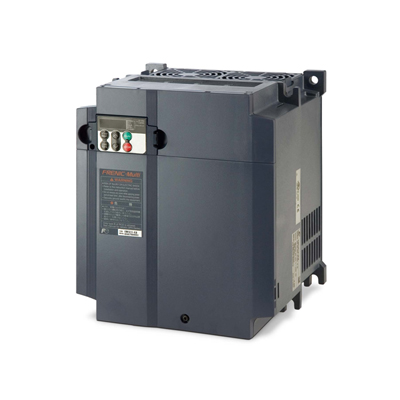
Medium Voltage AC Drive
Energy savings and other benefits of more common, low-voltage ac drives are becoming well known. Medium-voltage drives, operating from higher electric supply, bring ŌĆśheavy liftingŌĆÖ capability and further economies of scale to rugged applications.
In majority of industrial applications, fans and pumps usually driven by fixed speed motors, controlling of air or liquid flow is usually achieved by conventional mechanical methods such as throttling, flow control valves and inlet dampers, resulting in a substantial amount of energy loss. On other hand by using electrically driven, compressors wellhead pumps are the current alternatives to traditional water and gas injection for pressure augmenting requirements. Hence, usage of electrically driven motors can significantly minimize the energy loss and productivity can be increased by installing the MV drive.
Low Voltage AC Drive
Despite the benefits of using medium voltage AC drives for high horsepower motors, low voltage technology holds a dominant place in the AC drive market, for both low- and high-power applications. There are multiple reasons for this, not the least of which are cost and availability. Medium voltage drives have historically been custom-engineered solutions, with low-volume production, higher cost, and relatively long lead times. Even though manufacturers are now offering more standard medium voltage (MV) drive options, and advances in high-voltage semiconductor technology have lowered the cost of electronics, they remain significantly more expensive (at least in terms of initial purchase price) and less readily available than low voltage drives.
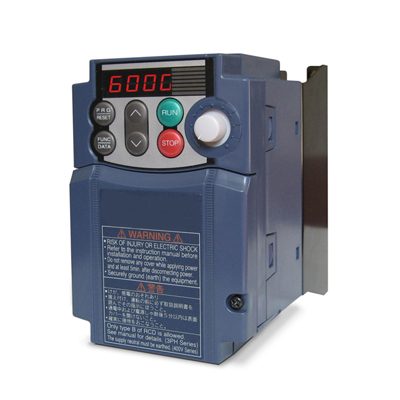
Low Voltage AC Drive
- Less energy consumption
- Increased productivity and output
- Minimal mechanical wear of the equipment
- High process quality and reliability
- Less investment in electrical network compensation devices and sophisticated electronic control
- Better efficiency of process equipment
- Very less risk of damage to the electricity supply system
There is a wide range of applications for low voltage AC drives in almost all sorts of industrial machinery where high performance and varying speed is required but not at a huge power cost. These include machinery involved in material handling such as belt conveyor, crane, hoist, diverter, compressor, pump etc. They are also used in textile industry in machinery like palletizer, pumps and compressors (same as in material handling) and some other machines. A major use is in mining industry where a lot of drilling, digging and crushing is required. Low voltage AC drives are used in ball mill, rotary kiln, pumps etc. in the mining industry. Other applications include machines involved in automotive, oil and gas, rubber and plastics, construction, water/waste water, paper and pulp and even food and beverages
High Voltage AC Drive
High voltage AC drives generally benefit applications that require motors from 500 to 20,000 Hp, where the difference in current draw between low voltage and High voltage becomes substantial. Motors in this range are often used to operate large compressors pumps, and fans in power stations, petrochemical plants, water/wastewater treatment facilities, and mines. High-voltage (MV) ac drives produce hundreds of times greater power output than their smaller, more numerous low-voltage (LV) cousinsŌĆöenabling control of huge, multi-megawatt electric motors that power the largest of industrial loads found in mines, power stations, or metal processing plants. MV drives operate at higher supply voltages to obtain lower losses and use smaller cables that add up to better overall drive efficiency, hence lower system cost.
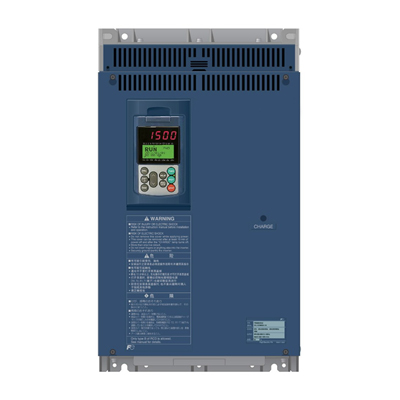
High Voltage AC Drive
Energy savings and other benefits of more common, low-voltage ac drives are becoming well known. Medium-voltage drives, operating from higher electric supply, bring ŌĆśheavy liftingŌĆÖ capability and further economies of scale to rugged applications.
In majority of industrial applications, fans and pumps usually driven by fixed speed motors, controlling of air or liquid flow is usually achieved by conventional mechanical methods such as throttling, flow control valves and inlet dampers, resulting in a substantial amount of energy loss. On other hand by using electrically driven, compressors wellhead pumps are the current alternatives to traditional water and gas injection for pressure augmenting requirements. Hence, usage of electrically driven motors can significantly minimize the energy loss and productivity can be increased by installing the HV drive.
DC Drive
AC power has become popular and advantageous because of easy generation, transmission with less losses to long distances due to stepping up voltage and stepping down the voltage to a desired level. In Industries 70% of the motors and drives used are Induction motors, hence ac motors in general means induction motors. Induction motors were preferred in industries due to the advantages of its rugged construction, less maintenance and can be operated in explosive atmospheres also. Therefore Induction motors ruled out all the motors in industries in every application. But DC motors were still used in certain applications where induction motors cannot fulfill the need. so, dc motors have its own significance in industries. This is because some special characteristics they possess.
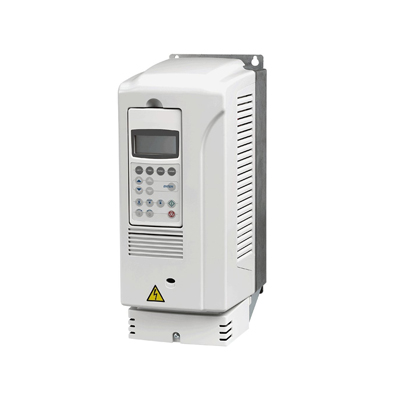
DC Drive
- Accurate steep less speed with constant torque.
- High starting torque.
- Speed control over a wide range both above and below the rated speed
paper, sheet, film winding and unwinding machines thyristor exciters of synchronous motors extruder screws lathes, milling machines, boring machines, spindles and feeds of machine tools roller tables in mills plate mills and profile shaping machines rubber mixers motor braking system
HVAC Application Drive
One of the most successful energy management tools ever applied to building HVAC systems is the AC drive (or variable speed drive). For more than 20 years, AC drives have successfully been installed on fan and pump motors in a range of variable load applications. Energy savings vary from 35 to 50 percent over conventional constant speed applications, resulting in a return on investment of six months to two years.
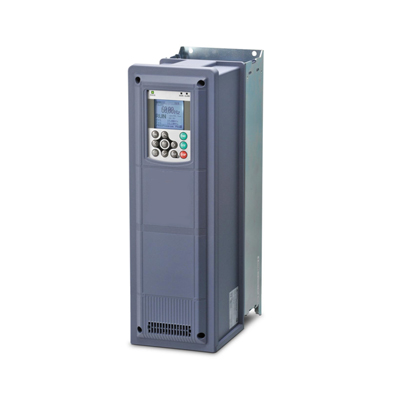
HVAC Application Drive
- energy savings
- low motor starting current
- reduction of thermal and mechanical stresses on motors and belts during starts
- simple installation
- high power factor
- lower KVA
Heating, Air Conditioning and Ventilation Systems
Lift Application Drive
Lift application drives are specially designed for Lifts. They are specifically designed for optimised operation of lifts.
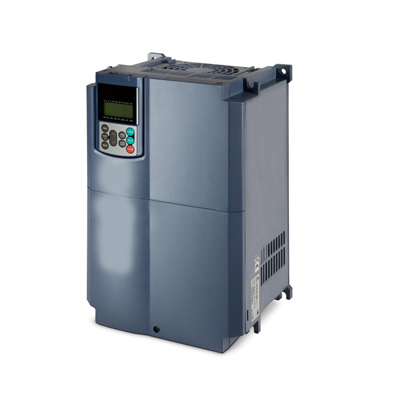
Lift Application Drive
- energy savings
- low motor starting current
- reduction of thermal and mechanical stresses on motors and belts during starts
- simple installation
- high power factor
- lower KVA
Lifts in residency and industries
Economic Normal application Drive
General purpose drives are very simple to use. They offer users effortless simplicity through easy installation and commissioning as well as through the wide range of built-in features. Everything has been taken care of ŌĆō the drive is virtually plug-in-ready to control pumps, fans, compressors, and many other variable and constant torque applications.
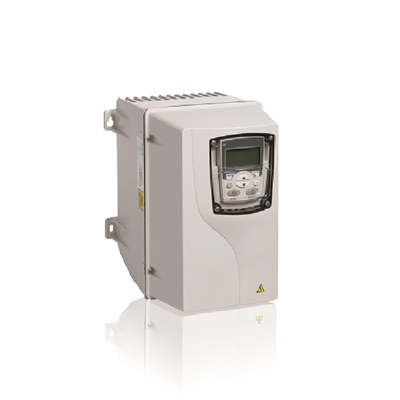
Economic Normal application Drive
- Simple to setup variable speed drives.
- AC drive performance you can rely on
Control pumps, fans, compressors, and many other variable and constant torque applications.
Crane Application Drive
In the material handling industry, variable frequency drive controls are often used in electric hoists as well as in overhead cranes and lifting systems. Drives are designed around a microprocessor, which allows for the creation of programmable functions for specific applications.
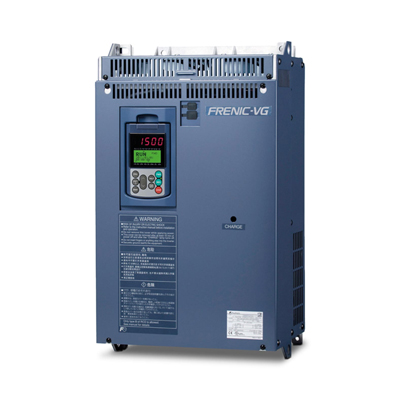
Crane Application Drive
- Improved Load Control.
- Duty Cycles
- Efficiency
- Increased Hoist Life
- Regenerative Energy
- Digital Diagnostics
- Greater Speed Adjustment
Overhead cranes Tower cranes Grab cranes Process cranes, including paper, metal and waste handling Ship-to-shore (STS) container handling cranes Rubber tyre gantry (RTG) cranes Marine and offshore deck cranes Hoists
AC DC Motors
Electric motors are used in a broad range of industrial, commercial, and residential, applications, such as fans, pumps, compressors, elevators, and refrigerators. Strict electricity consumption regulations, the rising need to reduce greenhouse gas effects, and the positive outlook of manufacturing industries are expected to propel the growth of electric motors around the world. The electric motor is the central component in motor vehicles, heating ventilating and cooling (HVAC) equipment, and home appliances. Rising income levels and improving standards of living are spurring production of motor vehicles and electronic appliances globally, AC motors are relatively smaller, cheaper and lighter, and most commonly used in HVAC equipment, industrial and home appliances, and manufacturing facilities. DC motors are used for variable speed control applications such as industrial machinery and motor vehicles. Semiconductors play a major role in electric motors by boosting performance, minimizing power losses, and optimizing thermal management.
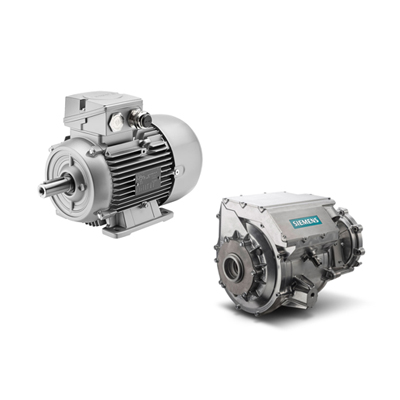
AC DC Motors
Low Initial Cost - The initial cost of an electric motor is considerably lower than a fossil-fuel engine with the same Output Horsepower Rating (in nearly every case). Long Life - Because electric motors contain relatively few moving parts, they have extensive operational life spans. For instance, an appropriately selected and maintained electric motor offers up to 30,000 hours of operating life without major repairs. (This is the approximate equivalent of 3┬Į years of perpetual usage.) Low Maintenance Requirements - Electric motors are durable and have extensive operating life and minimal service requirements. High Efficiency - Electric motors are highly-efficient with ratings that range from 50% to 95% (depending on the motor's size and operating conditions). Automated Control - Automated controls are easily installed to operate electric motors, providing the versatility of automatic and remote Start/Stop functions. No Fossil Fuels - They require NO fuel, engine oil maintenance, battery service, and do NOT freeze in sub-zero temperatures. Labor Cost Savings - Electric motors reduce requirements for labor due to lower maintenance and easier control which ultimately makes production more profitable by reducing costs). Occupational Safety - Motors contribute to the safety of the work environment, emitting little noise, NO exhaust, and without flammable fuels.
Industrial electric motors eliminated animal and hydraulic power in processing grain and pumping water. The electric motor replaced the steam engines for powering locomotives, steamships, and industrial plants. Today, the Department of Energy estimates that electric motors consume half of the nationŌĆÖs electric power grid. The DC motor is used for heavy-duty applications requiring high starting torque and compact design for high speed. AC motors are commonly found where precise controllers are required to boost efficiency and power output. This is where the controller technology has advanced most appreciably in the past 20 years. Examples of applications include industrial fans, blowers, pumps, machine tools, power tools, turbines, compressors, alternators, ships, rolling mills, paper mills, movers, and other special applications. There are systems that can work in highly corrosive environments such as nuclear power stations and highly aggressive environments such as corrosive chemicals and gases.

